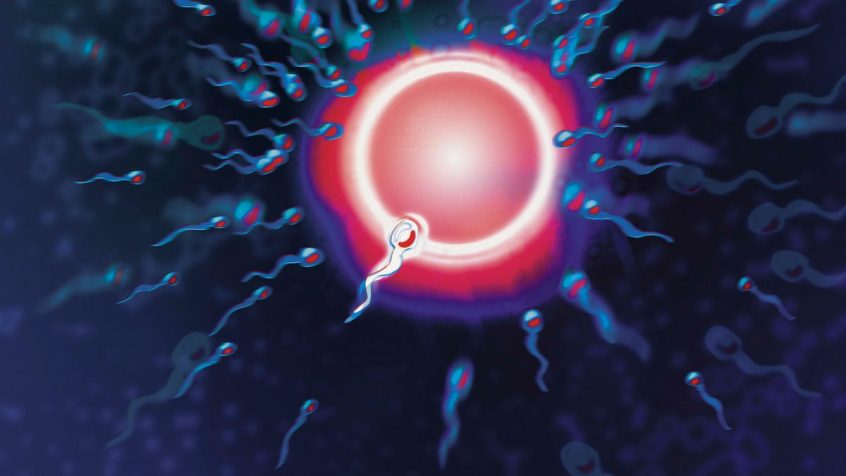Discussions around dropping birth rates used to focus on sperm count and fertility levels as though that was the only factor in the equation.
But as an Oxford University study reveals, the potency of a man’s sperm is probably far from being the only reason for falling birth rates being recorded across Europe.
A study led by Professor John Ermisch of Oxford’s Leverhulme Centre for Demographic Science looked at the age and family education levels of mums having babies.
The total fertility rate for England and Wales fell from 1.94 children per woman in 2010 to 1.55 children per woman in 2021, according to data from the Office for National Statistics. What’s going on?
We know upwardly mobile women delay their childbearing much more than downwardly mobile ones.
But Prof Ermisch points out that data from the UK Household Longitudinal Study Understanding Society states: “The substantial recent decline in fertility was experienced irrespective of education group.”
He adds: “Previous research has shown education is an important indication of a woman’s fertility. While other studies have investigated differences by a woman’s education, this study is the first to combine both parents’ education and a woman’s own education.
“This helps differentiate fertility further than either generation’s education in isolation.”
According to the study, all women had fewer children and did so later in life than in previous decades.
Although less educated women had their children younger than those with more educated parents, the study shows women are having children later across all educational groups.
It was even true of less educated women whose parents also had poor education. The total fertility rate of women for whom both they and their parents had low education (not beyond secondary school for parents and below tertiary education for children) dropped the most – from over two children per woman between 2010 to 2012 to under two between 2017and 2020.
Women who had high education levels alongside their parents also dropped from 1.8 to 1.4 children per woman over the same period.
The report concludes: “The substantial recent decline in fertility was experienced irrespective of education group, defined either by education of the woman’s parents alone or by a woman’s own education relative to her parents’ education.”
Such a big fall in babies being born will have an impact on society – it means fewer people for the workforce and to support an ageing population.

